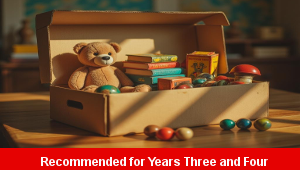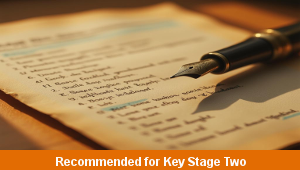Capacity Pairs

This maths teaching pack for Key Stage Two gets the children to investigate and record how to match some different bottle capacities that have been listed in both litres and millilitres working with whole and fractions of measurements.
The class can identify and model some of the number calculation skills that they can use to convert between each unit of measurement to match the capacity of bottles.
Download this teaching pack including classroom activities and an interactive presentation to investigate and record how to match some different bottle capacities that have been listed in both litres and millilitres working with whole and fractions of measurements
Activities in this teaching pack include differentiated sets of cards to identify and match capacities that have been recorded in litres and millimetres using whole number measurements for support ability levels and half and quarter fraction measurements for core and extension ability levels.
The interactive presentation gets the children to explore how to match capacities that have been recorded in both litres and millilitres when working with fractions of measurements.
This lesson is part of a maths scheme of work to get the children to explain and model how to convert between different units of measurement for capacity by comparing and matching capacities in litres and millilitres. There are teaching activities for shared learning, differentiated worksheets to support independent learning and interactive presentations to introduce concepts and key skills.
-

Length Calculations
Practise using number calculations skills for addition, subtraction, division and multiplication when solving problems related to length measurements
-

Maths Calculations Assessment
Assess abilities in solving a range of different number problems for addition and subtraction when working with informal and formal written calculations
-

Determinant Lists
Explain and model how to make lists of objects used and found in different locations to match the correct determinants of a and an
-

English SPAG Assessment
Assess abilities in composing sentences for fiction and non-fiction using the correct spellings, punctuation marks and grammar vocabulary phrases
